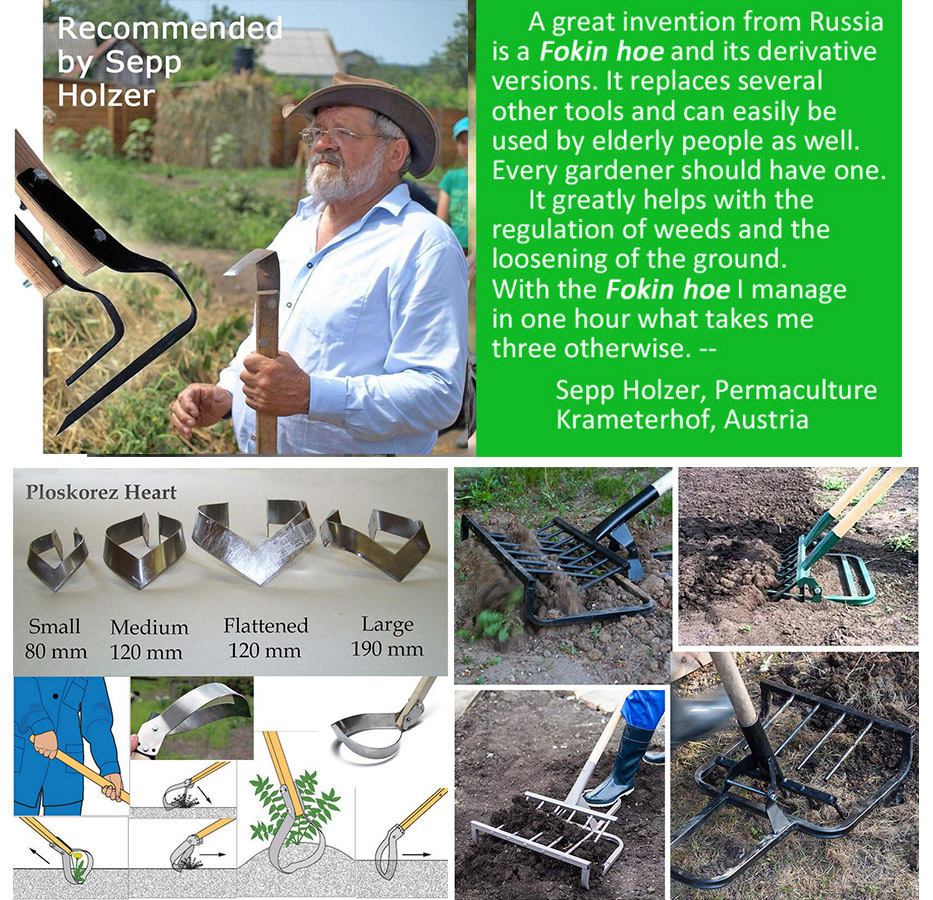
 3
3




























Burra Maluca wrote:The confusion is because, despite Paul's best efforts, Sepp and Maddy were talking about two different places.
Sepp was talking about the project in the Extremadura, in Spain, which I'm quite prepared to believe has only 6" of rain.
Maddy was talking about Tamera, which has 24" or so of rain.
How permies.com works
What is a Mother Tree ?
 1
1




 1
1








Growing Paradise on Planet Earth...Why Not? http://www.growparadise.com

 1
1




Ask me about food.
How Permies.com Works (lots of useful links)

 1
1




paul wheaton wrote:
Apparently somebody just completed a five year study of Sepp's techniques showing how Sepp's techniques can feed 21 billion people without petroleum or irrigation.
 1
1




Andrew Scott wrote:Is the reference to the study available? Is the study really real?





Permaculture tools (ploskorez, flat-cutter, Fokin hoe), recommended by Sepp Holzer: https://ecominded.net/garden-tools




Permaculture tools (ploskorez, flat-cutter, Fokin hoe), recommended by Sepp Holzer: https://ecominded.net/garden-tools

|
Does this tiny ad look rabid to you?
Play Your Way to a Sustainable Lifestyle: Uncover Permaculture Principles with Each Card
https://gardener-gift.com/
|





